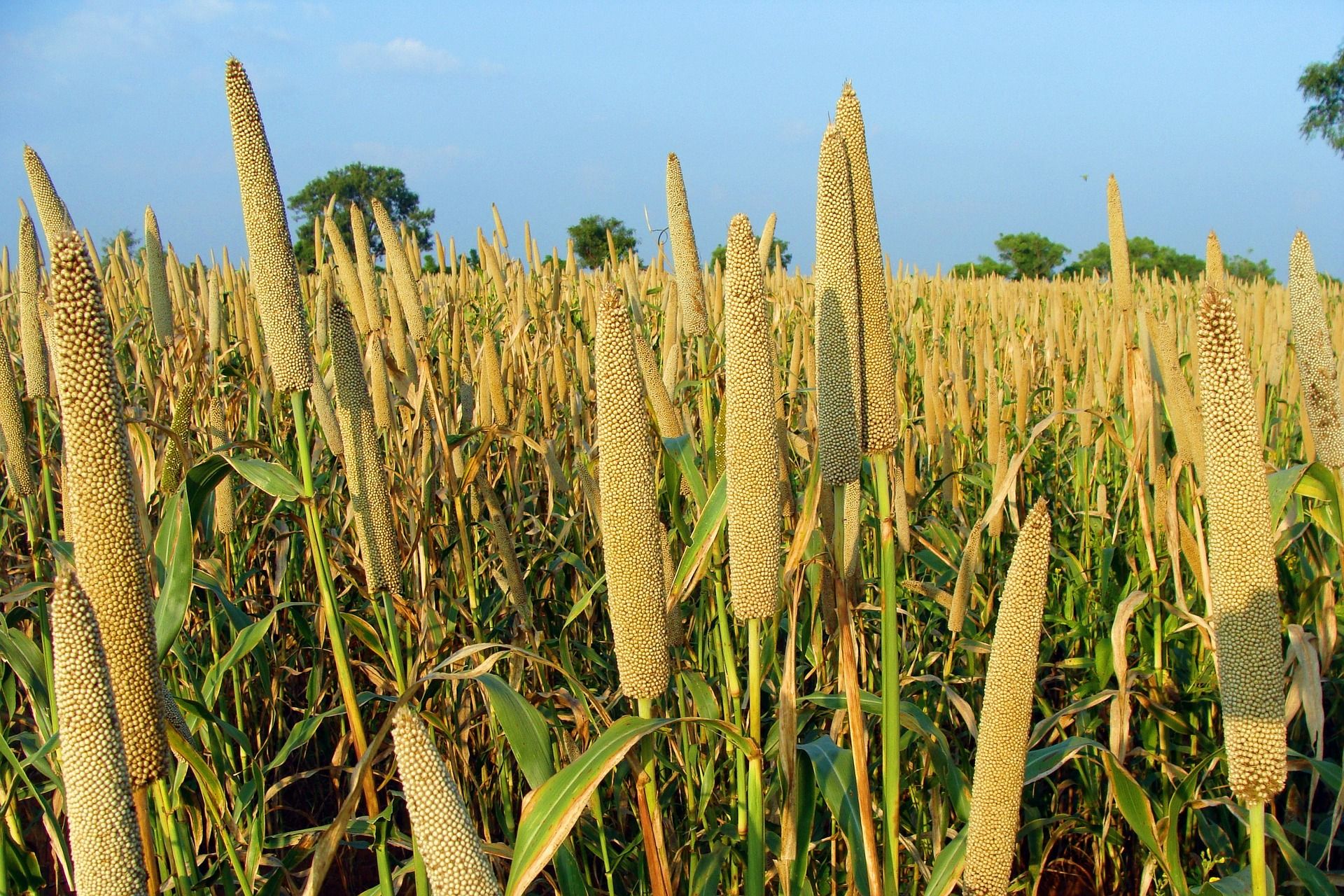Maize–Beans Intercropping (Eastern & Southern Africa)
Countries: Kenya, Uganda, Tanzania, Zambia
Practice: Planting common beans (Phaseolus vulgaris) alongside maize.
Nutritional Impact:
2. Millet–Cowpea Intercropping (Sahel Region)
Countries: Niger, Mali, Burkina Faso
Practice: Growing cowpeas with pearl millet.
Nutritional Impact:
Nutritional Impact:
Agronomic Benefits:
4. Sweet Potato–Amaranth or Pumpkin (Uganda, Rwanda)
Practice: Interplanting orange-fleshed sweet potato (rich in vitamin A) with amaranth or pumpkin.
Nutritional Impact:
Nutritional Impact:
6. Neem and Medicinal Herbs with Staple Crops (West Africa)
Practice: Intercropping neem, basil, or moringa with cereals or vegetables.
Health & Nutrition Impact:
Nutritional Impact:
- Beans are high in protein and iron, addressing protein-energy malnutrition and anemia.
- Improves dietary diversity for subsistence farmers.
- Beans fix nitrogen, enriching soil for maize.
- Reduces need for synthetic fertilizers.
2. Millet–Cowpea Intercropping (Sahel Region)
Countries: Niger, Mali, Burkina FasoPractice: Growing cowpeas with pearl millet.
Nutritional Impact:
- Cowpeas add protein and vitamins (B1, B2, folate) to a millet-dominated diet.
- Supports child nutrition where stunting is prevalent.
- Cowpeas improve soil fertility and moisture retention.
- Better drought resilience in drylands.
3. Sorghum–Pigeon Pea Intercropping (Mozambique, Malawi)
Nutritional Impact:
- Pigeon peas provide lysine (an essential amino acid), balancing the amino acid profile of sorghum.
- Improves maternal and child health diets, especially where meat is scarce.
Agronomic Benefits:
- Pigeon pea roots break hardpan soils, improving root penetration and water infiltration.
4. Sweet Potato–Amaranth or Pumpkin (Uganda, Rwanda)
Practice: Interplanting orange-fleshed sweet potato (rich in vitamin A) with amaranth or pumpkin.Nutritional Impact:
- Tackles vitamin A deficiency—a major cause of childhood blindness.
- Adds leafy greens (iron, calcium) for better overall micronutrient intake.
5. Banana–Legume Systems (Great Lakes Region: Burundi, Rwanda, Uganda)
Practice: Growing beans or groundnuts beneath banana canopies.Nutritional Impact:
- Boosts protein intake in high-banana-consumption zones.
- Legumes enhance iron and zinc levels in diet.
- Legumes improve soil structure and fertility under banana plantations.
6. Neem and Medicinal Herbs with Staple Crops (West Africa)
Practice: Intercropping neem, basil, or moringa with cereals or vegetables.
Health & Nutrition Impact:
- Moringa leaves are rich in vitamins A, C, and calcium—used in child weaning foods.
- Neem and basil offer pest control and traditional medicinal value.




No comments:
Post a Comment